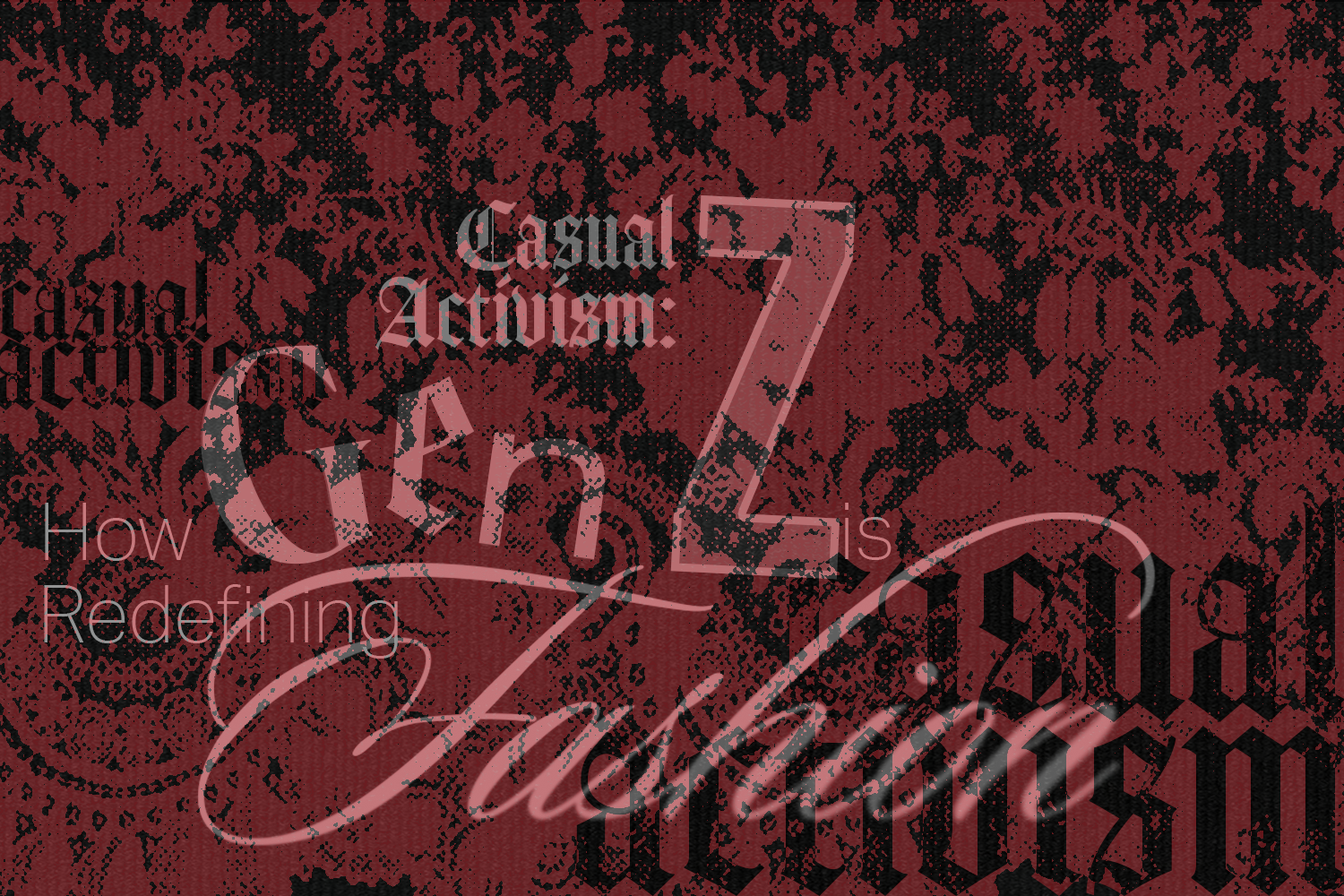Fashion and social change have always gone hand in hand with the use of clothing to protest, revolutionize, and demand change. Hippies used tie dye and bright colors to protest the Vietnam War, riot grrrl groups in the 90’s used a grungy look to subvert feminine stereotypes, and today’s younger generation is no different. We may be hesitant to speak up if a barista gets our order wrong and still need our parents to schedule our doctor’s appointments, but Gen Z has no problem calling out injustice and discrimination. The first generation to be raised as digital natives, Gen Z has used social media to cultivate a collective sense of social awareness. With endless information at our fingertips (both true and false), we have access to a world that no other generation has had from a young age, and all the ramifications that come with it. While social media is often portrayed as the root of all evil, it is the origin of Gen Z culture and has given young people a space to share their passion for social and political topics. Armed with the ability to stay informed on current issues and injustices, it’s no surprise that this group of people has acquired a penchant for activism.
Gen Z’s opinionated stances and unapologetic nature carry over to our personal style and the way we present ourselves. Flouting the established rules of fashion put in place by older generations is second nature to us. Because, seriously, when was the last time any of us worried about not wearing white after Labor Day? Based around individuality and self-expression, Gen Z fashion proves that anything goes. Take the subversive basics trend, where people cut up pairs of tights and old t-shirts and layered them to make an outfit. This look became popular because it was easy to style in a unique way, made use of existing pieces of clothing in order to be sustainable, and gave people a way to escape the monotony of wearing the same thing every day during quarantine. Not to mention, in an age of increased inclusivity, subversive basics could be worn by people of all genders and sizes. It also allowed wearers to decide how much skin to show based on their own comfort level. It’s proof that even more than rewriting the rules of fashion, Gen Z is redefining what constitutes clothing.
Of course every new generation of young people has had an influence on fashion trends, but the personal style of Gen Z’ers utilizes a language of rebellion and activism more commonly than that of any other generation. The way that social causes and political stances translate seamlessly into our wardrobes is telling of how invested we are in expressing our personal values. Even the simple act of picking out an outfit has become a political statement, turning each of us into a walking protest banner. Gen Z’s casual use of fashion and personal style to rebel against societal norms shows just how much power lies in our self-expression.
The main idea behind Gen Z fashion and what makes it so unique, is being expressive and dressing for yourself. What used to be considered embarrassing, like buying clothes at a thrift store, or men wearing skirts, is accepted and praised as a way of showcasing individual style. Building a wardrobe that represents personal values is a crucial step in finding our voices and showcasing important pieces of our identity. In a time of uncertainty, dressing in a way that is authentic and rebellious can give a sense of control and sometimes is the only cure for feeling powerless.
Words by Sydney Fuller.
Graphic by Aubrey Lauer.

